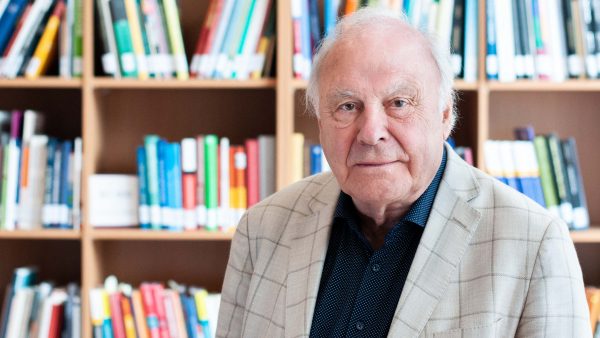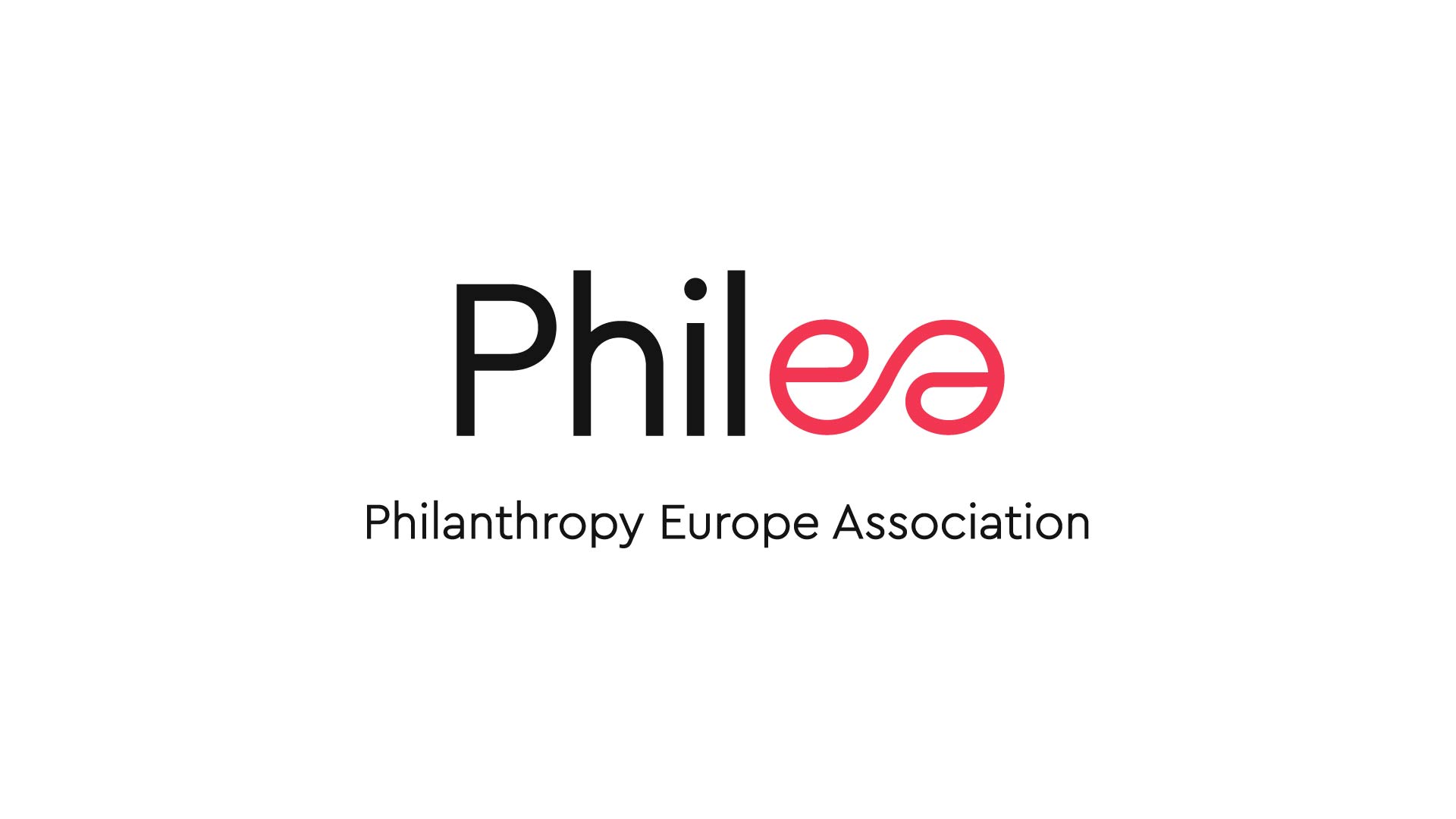China’s Belt and Road Initiative and its Impact on Human Rights Compliance: Report on a workshop held in Berlin on 16 May 2022
Europe Bottom Up Nr. 28 | 23.09.2022 I Viktoria Kaffanke and Dr. Udo Steinbach I This report was written and published following the workshop organised by Dr Anja Mihr (HVGP, Berlin / OSCE Academy Bishkek), Dr Brigitte Weiffen (The Open University, Milton Keynes, UK & Chair of IPSA Research Committee 34 ‘Quality of Democracy’) and Dr Udo Steinbach (MENA Study Centre, Maecenata Foundation).
Foreword:
By Prof. Dr Udo Steinbach, Director, MENA Study Centre
The origins of the term ‘geopolitics’ date back to the 19th century. From the beginning, the concept of ‘Eurasia’ was very much at the forefront of the minds of theorists, geographers, and politicians who were fascinated by the vision that the continental area comprising all of Europe and Asia could be the globe’s heartland. Since geopolitics became an academic discipline, ‘Eurasia’ as a geopolitical concept was conceived within the context of powers struggling for global domination. Whether control over ‘Eurasia’ would be British (Halford J. Mackinder, 1861-1947), German (Karl Haushofer, 1869-1946), or American (Zbigniew Brzezinski, 1928-2017), it would almost automatically entail Africa’s subordination, rendering the Western Hemisphere and Oceania geopolitically peripheral to the world’s central continent.
In recent history, neither the Soviet Union nor the United States of America succeeded in making this theory a lasting reality. After the demise of the former and with the latter’s global power declining, another power has emerged on the threshold of world politics: the People’s Republic of China. Until the beginning of the 18th century, China had been a leading power, politically and economically. Since antiquity, Europeans have been eager to engage in trade and commerce with China, which, in many respects, has been more advanced than Europe, over a long period of time (vs. Frankopan 2015). It was only at the height of European colonialism that China became marginalised for over two centuries. With the end of the cultural revolution in 1976, Chinese leaders started laying the groundwork for a dramatic economic upsurge, which, in less than half a century, made the country a global player in what has become a multipolar international system.
The German geographer Ferdinand von Richthofen was the first to name the trade routes which had connected Europe and Asia for millenia the ‘silk roads’ (Seidenstrassen) in 1877. The roads started somewhere in Western European cities, crossed the Middle East and Central Asia to finally end up in Beijing or other places in Eastern China. With China’s fast-growing economy under pressure to take care of a population of around one and a half billion people, Chinese leaders had to look for markets and attract investment and technology, mostly from Western countries. Connectivity had to be improved and accelerated; stable and reliable lines of trade and communication had to be organised. China had to fully open up to the world. Responding to these challenges, the Chinese leadership started propagating a network of global economic interrelationship in 2013. Under the label of a ‘New Silkroad’ a network of trade and infrastructure between China and countries in Africa, Asia and Europe was to be established. In a more prosaic version, the venture is called ‘One belt, one road’ or the ‘Belt and Road Initiative’ (BRI). ‘Geopolitics’ seems to have made a comeback.
The Maecenata Foundation’s conference, the results of which are reported in this publication, focused on the impact of the initiative on human rights compliance. It reflects the fact that the Chinese initiative not only aims to strengthen economic relationships in all aspects, but also has political implications. Economic dependencies between China and its partners (today 60 countries) are being established, which may give Beijing increasing leverage to interfere politically. Being a non-democratic regime itself, the Chinese government may favour nondemocratic ways of governance among its partners. It openly propagates a notion of human rights that differs from the one in the West.
In a way, the notion of Eurasia seems to have been politicised again. In fact, right from its beginning, the BRI was seen as competing with European interests in Central Asia. In 2007, the European Union (EU) had initiated the first Central Asia Strategy aiming to promote cooperation and exchanges of mutual interest, including supporting the implementation of democracy and human rights compliance by local regimes. After demonstrating initial support for the BRI’s economic gains, European leaders have become increasingly sceptical over China’s real intentions behind the initiative. The BRI seems to lack economic reciprocity and transparency, as the benefits drawn from China’s economic deals with its partner countries are solely in its own favour. Moreover, whilst political support is being extended to autocratic regimes, the Chinese notion of collective human rights is simultaneously being instrumentalised to support repression by rulers in the name of ‘human rights.’ The suppression of Uighurs in China is a significant example of this.
The BRI has thus become part of the global struggle between societal models. Open societies where human and civil rights are valued and respected and the rule of law and a vibrant civic space are maintained naturally view the effects of BRI with growing concern. On their part, European countries and the EU have established schemes of cooperation to counter the Chinese strategy. In 2015 the ‘Three Seas Initiative’ (3SI) was launched as a Central European project. It offers the US and Europe an alternative engagement model to the BRI. More importantly, the EU has been working on a comprehensive approach of cooperation, trade and connectivity with Central Asia and beyond since 2018. As a result, in August 2021, a paper was made public under the title ‘Connecting Europe and Asia – the EU Strategy.’ After a brief introduction, entitled ‘Sustainable, comprehensive and rules-based connectivity will contribute to the enhanced prosperity, safety and resilience of people and societies in Europe and Asia,’ it sets forth the strategy’s four pillars: Transport, energy, digital, and human dimension, with the last pillar being understood as advanced cooperation in education, research, innovation, culture and tourism. Finally, in June 2022, the G7 decided to establish a ‘Partnership for Global Infrastructure and Investment,’ providing it with 600 billion US Dollars to close the global investment gap.
This means that the BRI is not the only initiative of its kind. Moreover, Russia’s attack on Ukraine has dealt a heavy blow to China’s global ambitions. The fact that Beijing not only failed to condemn Russia’s attack but continues cooperating with Moscow has alienated many of China’s Western partners in the BRI. In more concrete terms, with Russia being isolated and sanctioned, a crucial link on the chain of global connectivity has broken. In addition, new chains for trade and supply must be found for many countries to maintain their economy. In case the Russian invasion of Ukraine ends up creating a new iron curtain, this would mean the end of the BRI. As extracts from the conference papers summarised in this publication show, civil society and non-governmental organisations have a considerable role to play regarding global connectivity at large and within the framework of the BRI in particular. This aspect was of special interest for the Maecenata Foundation’s MENA Study Centre and a strong motivation for co-organising the conference together with the International Political Science Association (IPSA RC 34), the OSCE Academy in Bishkek, and the Center on Governance through Human Rights of the Berlin Governance Platform. Special thanks go to Dr Anja Mihr for having taken the initiative and secured sufficient funding for this venture. We hope that in a post-Ukraine-war world efforts by the various actors may resume – not to compete with each other politically, but to benefit people around the globe.
Report Contributors:
Viktoria Kaffanke worked in the MENA Study Centre of the Maecenata Foundation as a student assistant. She finished her master’s in International Affairs at the Hertie School in Berlin in 2022. Before joining the Maecenata Foundation, Viktoria worked at the Deutsche Gesellschaft für Internationale Zusammenarbeit on topics such as promoting civic engagement and political dialogue in Latin America.
Prof. Dr. Udo Steinbach is an oriental scholar. He was the director of the German Orient Institute in Hamburg, and is now the director of the MENA Study Centre at the Maecenata Foundation.






